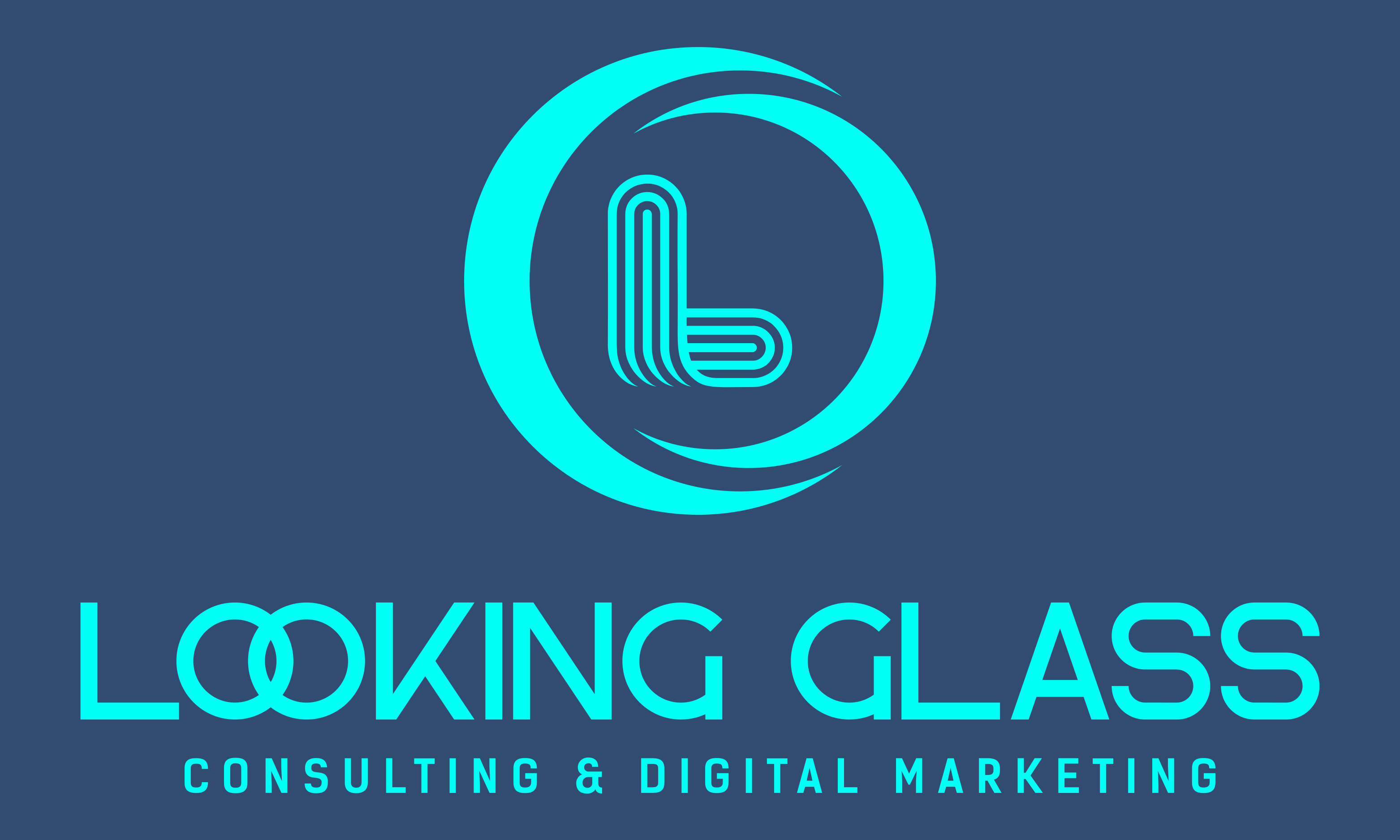
Demystifying Website Design, Development and Coding
In the fast-paced digital era, having a strong online presence is crucial for businesses and individuals alike. When venturing into the realm of websites, it’s common to encounter terms like website design, website development, and website code. For those with limited knowledge in this area, these terms may seem interchangeable or confusing. This blog post aims to demystify these concepts and provide a clear understanding of the roles each plays in creating a successful website.
I. Understanding Website Design
Website design is the aesthetic and user experience aspect of a website. It encompasses the visual elements, layout, and overall look and feel. Designers focus on creating a seamless and visually appealing interface that enhances user engagement. Key elements of website design include:
Layout and Structure: Designers decide how information is organized on a webpage, ensuring it is intuitive for users to navigate.
Color Palette and Typography: The choice of colors and fonts contributes to the overall branding and user experience.
Images and Graphics: Visual elements, such as images and graphics, are strategically placed to convey information and enhance the visual appeal.
Responsive Design: Ensuring the website adapts to different screen sizes, from desktops to smartphones, is essential for a positive user experience.
Website design is often created using graphic design tools like Adobe XD, Figma, or Sketch, allowing designers to prototype and visualize the user interface.
II. Unveiling Website Development
Website development involves turning the design into a fully functional website. Developers use programming languages to bring the design to life and make the website interactive. Key aspects of website development include:
Front-End Development: This involves coding the client-side of the website, which users interact with directly. HTML, CSS, and JavaScript are the primary languages used for front-end development.
Back-End Development: The back-end is the server-side of the website, handling data storage, user authentication, and other behind-the-scenes processes. Common back-end languages include PHP, Python, Ruby, and Node.js.
Database Management: Websites often rely on databases to store and retrieve information. MySQL, PostgreSQL, and MongoDB are popular database management systems.
Frameworks and Libraries: Developers use frameworks and libraries (e.g., React, Angular, Django) to streamline the development process and ensure code efficiency.
Website development is a collaborative effort, with front-end and back-end developers working together to create a seamless and functional website.
III. Decoding Website Code
Website code refers to the lines of instructions written in programming languages that dictate how a website functions. Understanding the basics of website code can empower individuals to make informed decisions and communicate effectively with designers and developers. Key components of website code include:
HTML (Hypertext Markup Language): HTML provides the structure and layout of a webpage, defining elements like headings, paragraphs, and images.
CSS (Cascading Style Sheets): CSS controls the presentation and styling of HTML elements, including colors, fonts, and layout.
JavaScript: This programming language adds interactivity and dynamic elements to a website, allowing for features like sliders, form validation, and responsive design.
Server-Side Scripting: Languages like PHP, Python, and Ruby are used for server-side scripting, enabling the server to process requests and generate dynamic content.
Conclusion
In summary, website design, development, and code are distinct yet interconnected aspects of creating a successful website. Designers focus on the visual and user experience elements, developers bring the design to life through coding, and code is the language that dictates how a website functions. Understanding these concepts provides a foundation for effective communication and collaboration in the world of web development. As you embark on your journey into the digital realm, remember that a well-designed, well-developed, and well-coded website is the key to making a lasting online impression.
Transform Your Digital Presence with Looking Glass Consulting and Digital Marketing. Elevate Your Brand, Boost Your Visibility, and Drive Results! Discover the Power of Effective Website Services. Let’s Begin Your Journey to Online Success – Contact Us Today!
